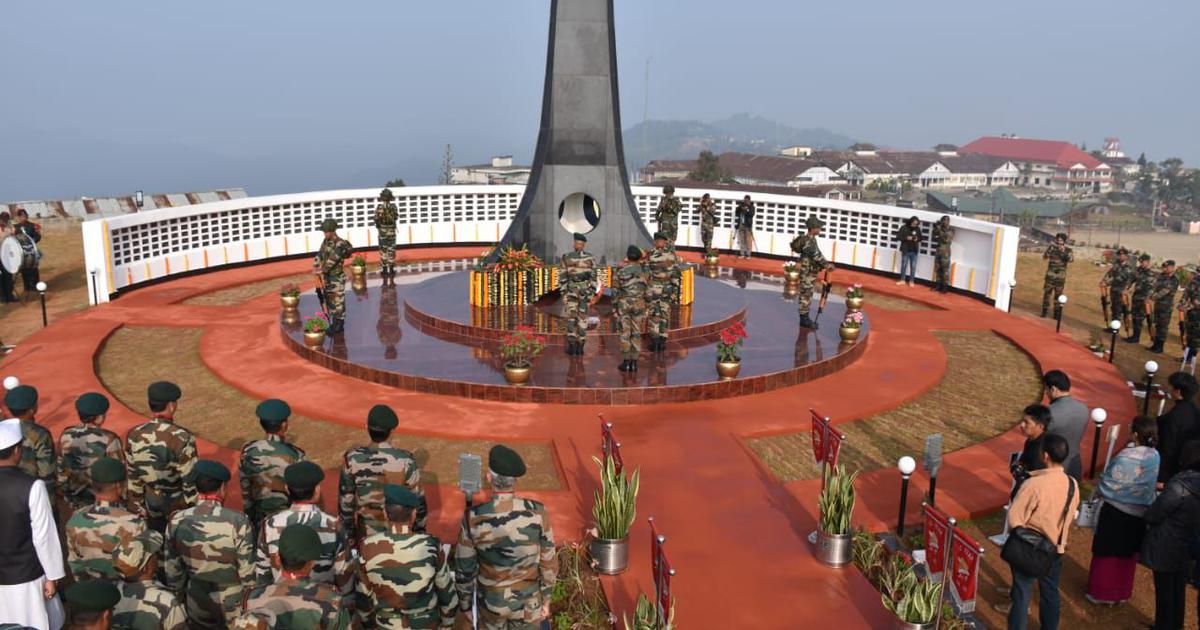In his memoirs, SC Dev, a retired official of the Indian Frontier Administrative Services recalls his embarrassment during a tour of Nagal...

In his memoirs, SC Dev, a retired official of the Indian Frontier Administrative Services recalls his embarrassment during a tour of Nagaland’s Mokokchung district in 1985. Mokochung is primarily home to the powerful Ao Naga tribe. The area was scattered with gravestones commemorating Naga nationalist fighters who had died battling Indian security forces.
For decades, Naga nationalists have waged an armed struggle for secession from the Indian state. Their demand: a sovereign ethnic homeland that would include Nagaland as well as the Naga-inhabited areas of Manipur, Assam, Arunachal Pradesh and Myanmar across the border.
The “offensive” epitaphs on the tombstones in Mokokchung, valourising Naga fighters, were such an “awkward source of discomfiture” for Dev that he ordered subordinate officers “to ensure that all such epitaphs were either erased or destroyed”. A year later, when he returned to the area, he found two tombstones still standing, prompting him to take matters in his own hands. “I visited these two villages with a police force had the memorials taken out, and imposed a fine of Rs 10,000 on each village,” writes Dev.
Nearly 35 years since, most major Naga armed groups have signed peace pacts with the Indian government and Nagaland is largely free of violence. A very...



